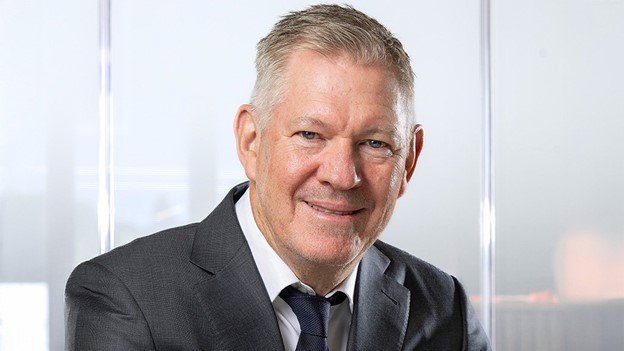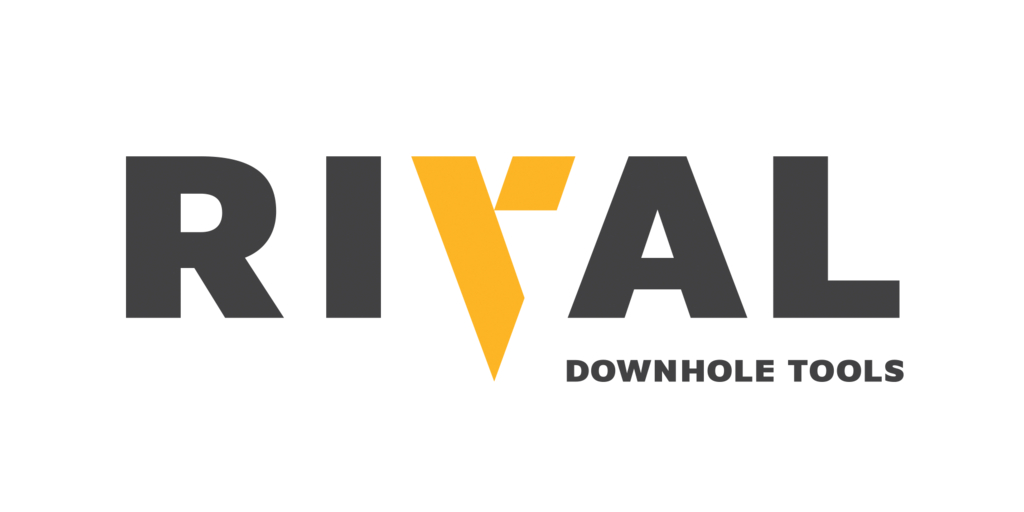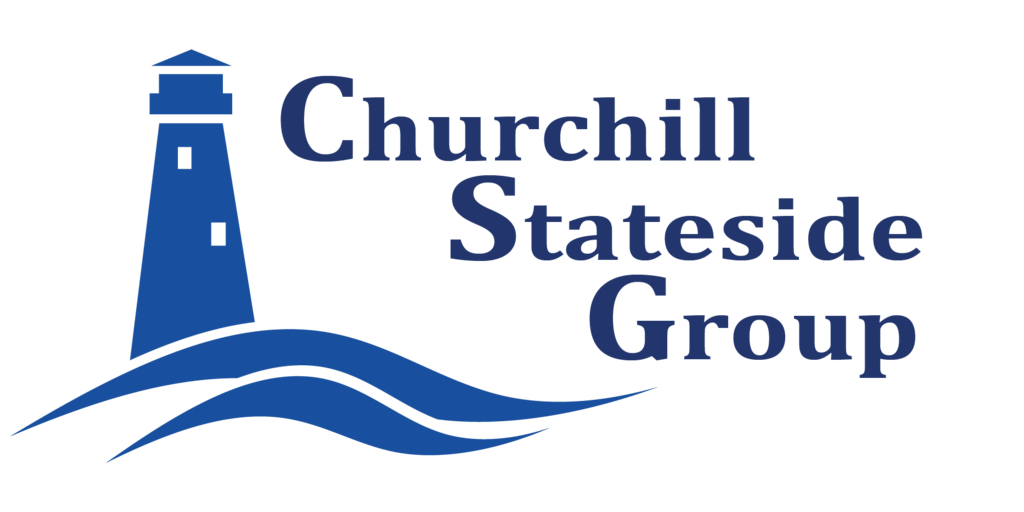Gold Fields has announced a significant increase in its investment for the Windfall gold project in Quebec. The company has revised its capital expenditure estimate to $1.7-$1.9 billion, up from the initial $790 million projection from 2022. This new estimate reflects a more comprehensive development plan for both surface and underground operations.
Company officials also noted the impact of inflationary pressures on the new estimate. Gold Fields made the announcement during a Capital Markets Day media conference call, on November 13.
Gold Fields plans to steadily increase its production over the coming five years. The company aims to boost its annual output to approximately three million ounces by 2030. Following this growth phase, Gold Fields intends to stabilize its production between 2.5 million and three million ounces annually from 2031 through 2035.
This strategy demonstrates the company’s commitment to sustainable long-term growth and consistent high-volume output in the latter half of the decade. The company is also balancing its growth investments with shareholder returns, planning to return $500 million to shareholders over the next two years through dividends and/or share buybacks.
CEO Mike Fraser expressed confidence in the project. He stated: “We went into this investment fully with our eyes open. On a fundamental value basis, given the asset, where it was, and the expansion potential, it will still be a good deal.”
Fraser said the company was not aiming to be “the biggest gold company,” but defined as having the “highest quality.”

Notably, Gold Fields has prioritized building strong relationships with local First Nations communities. The company pointed to its innovative First Nations-owned power line project, which provides sustainable energy for the mine while creating economic opportunities for Indigenous partners.
On January 18, 2024, Osisko Mining announced the 85 km long 69 kV hydro-electric power line built, owned and operated by the Waswanipi Cree First Nation and its related business entities had been completed on schedule, and grid power had successfully been connected to the Windfall project.
The power line provides much-needed grid power to a major gold mine project owned by the Windfall Mining Group (a partnership between Osisko Mining and Gold Fields Windfall Holdings), allowing the mine to move away from costly and CO2-emitting diesel generated electricity.
This transmission line is one of the first large energy infrastructure projects to be wholly-owned by an Indigenous community in Canada and the first such project in the province of Quebec.
However, it’s important to note Gold Fields still needs to finalize an impact-benefit agreement with the local First Nations community, which Fraser indicated they are on track to do. This agreement is crucial for ensuring the project moves forward in a way that respects Indigenous rights and provides tangible benefits to the community.
The company has also been conscious of its environmental record. Gold Fields received industry recognition for its sustainable development practices. Gold Fields was awarded the Excellence in Sustainable Development Award at the Quebec Mineral Exploration Association (AEMQ) Recognition Gala earlier this year.
With gold prices currently above $4,100 per ounce, Gold Fields aims to increase its annual production to 2.5-3 million ounces by the end of the decade. Construction at Windfall is slated to begin in the second quarter of 2025, with first gold production expected in late 2026 or early 2027.
As Gold Fields advances the Windfall project, finalizing the impact-benefit agreement and maintaining strong relationships with First Nations partners will be critical to the project’s success and the company’s broader sustainability goals.
More information is posted on www.GoldFields.com.
Secure your wealth today — buy gold bullion directly through our trusted partner, Sprott Money.




